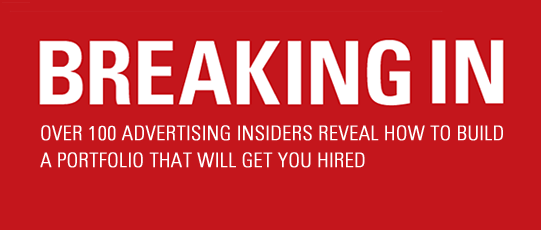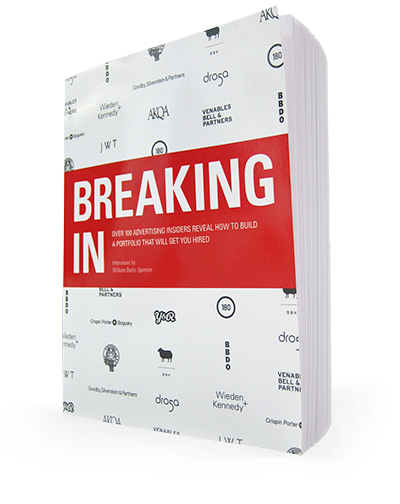If you missed it, check out some great work from Yann Jones.
WS: What do you look for in a student book? And what impresses you?
YJ: Well, that’s a very difficult question to answer in a short sentence.
WS: It can be multiple sentences.
YJ: Okay, multiple sentences it is. I think books come in different leagues. I’m not sure where this analogy is going—I’m just thinking off the top of my head. Books from advertising colleges used to consist of seven or eight campaigns with four ads in each campaign. Each ad had a different headline and a consistent thought in a strap line at the bottom. This is now a very old convention of a campaign, you won’t get into a decent agency with a portfolio full of these. Some students make the mistake of thinking that advertising is a comedy sketch or a gag with a logo at the end. If you’re going to do your job well, you’ll have to go some way beyond this. For me this is a “division three” portfolio. I’m talking first, second, and third division, not the new “Premier League,” “The Championship League,” then “First Division” as we now have in football. That’s very confusing so you can delete that bit. I don’t even like football that much.


